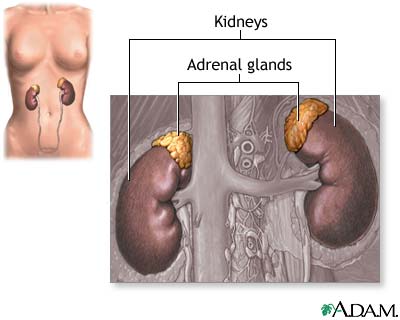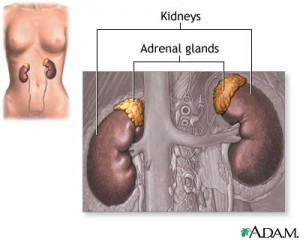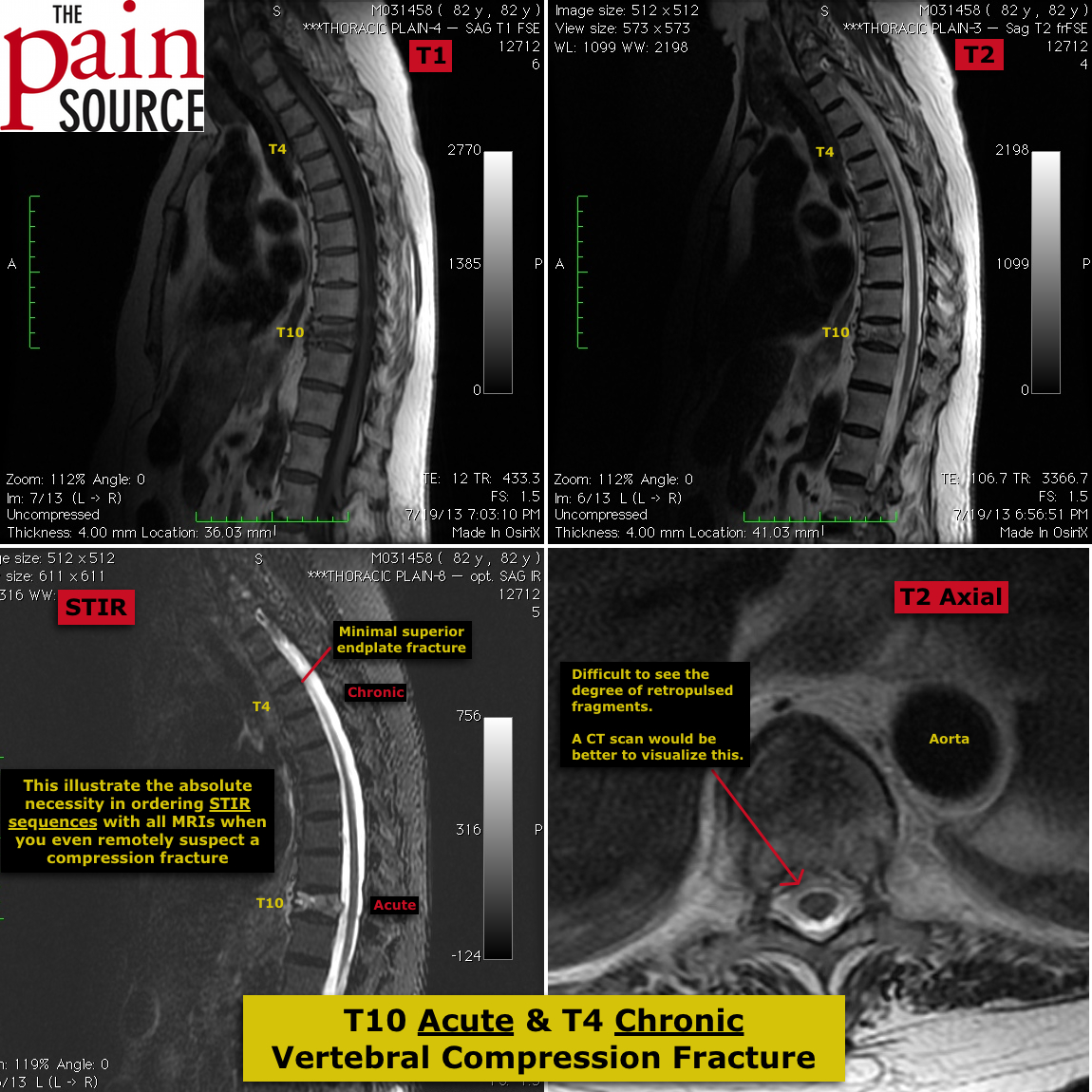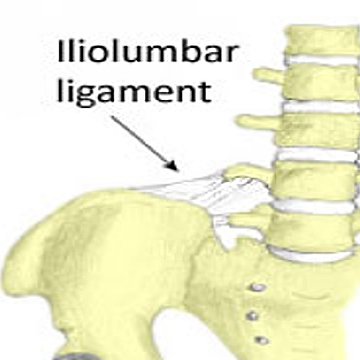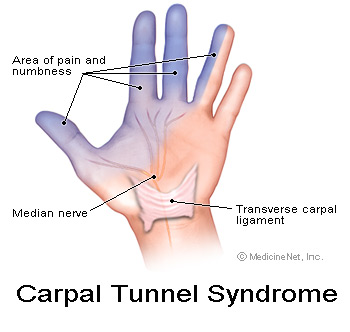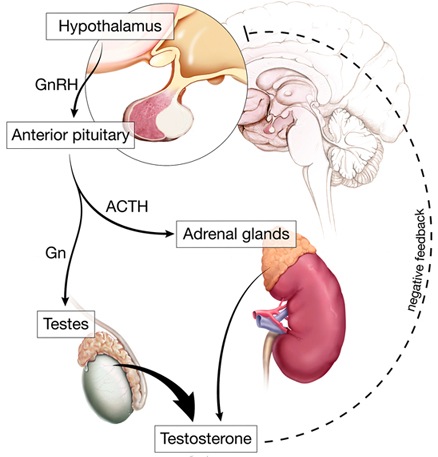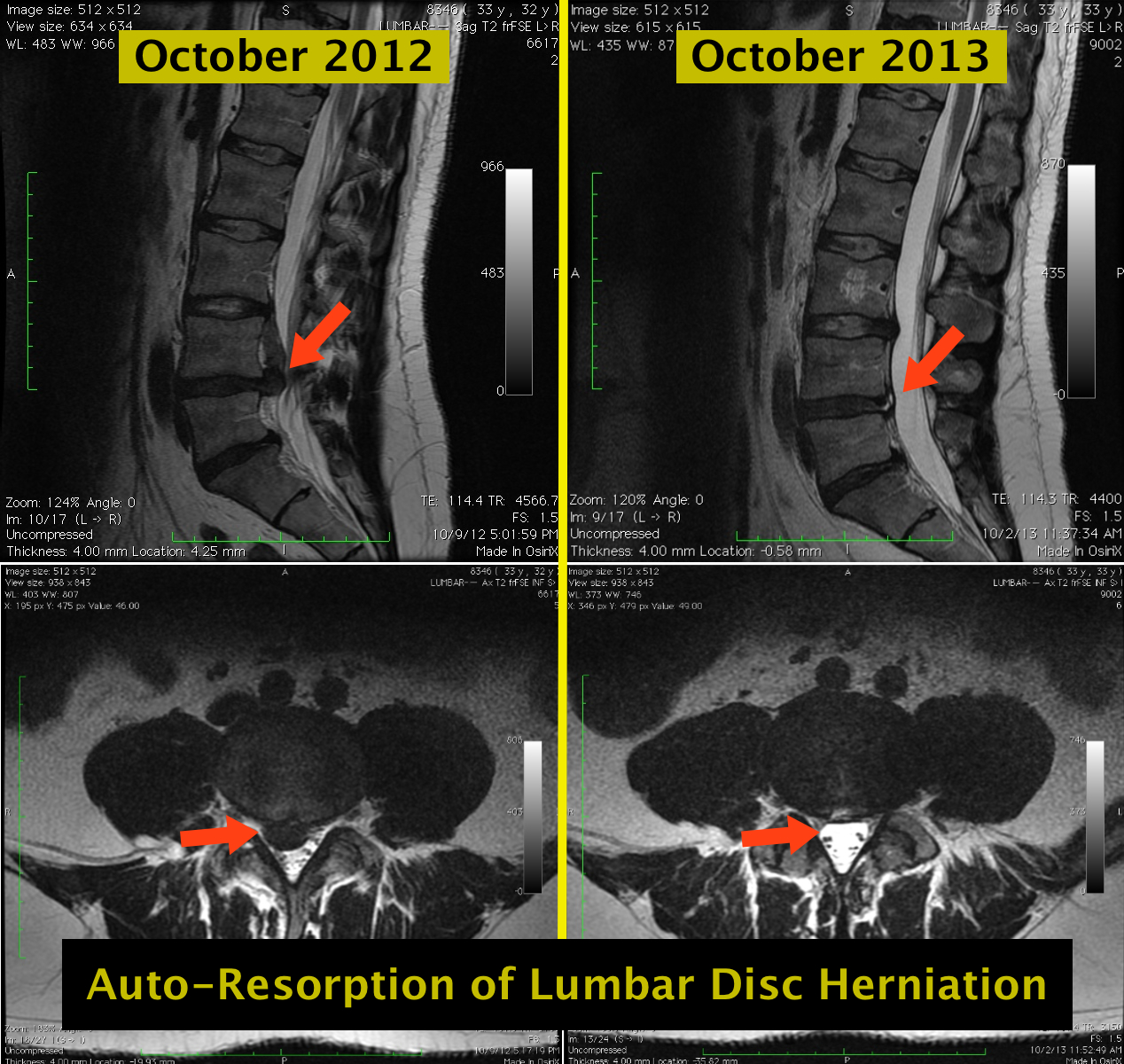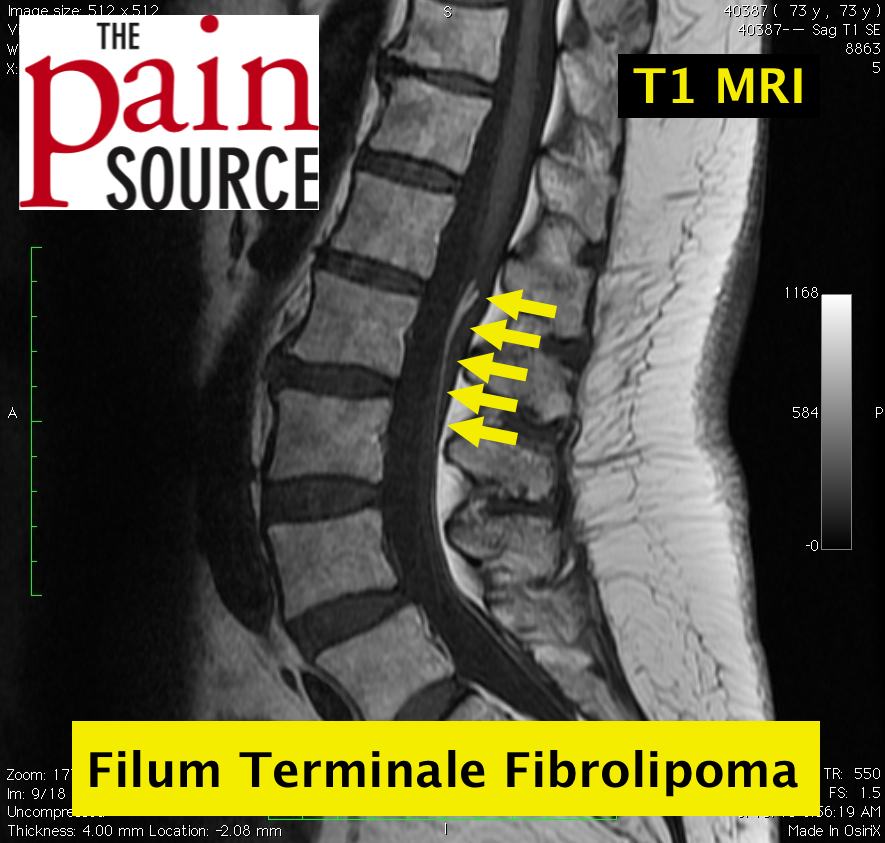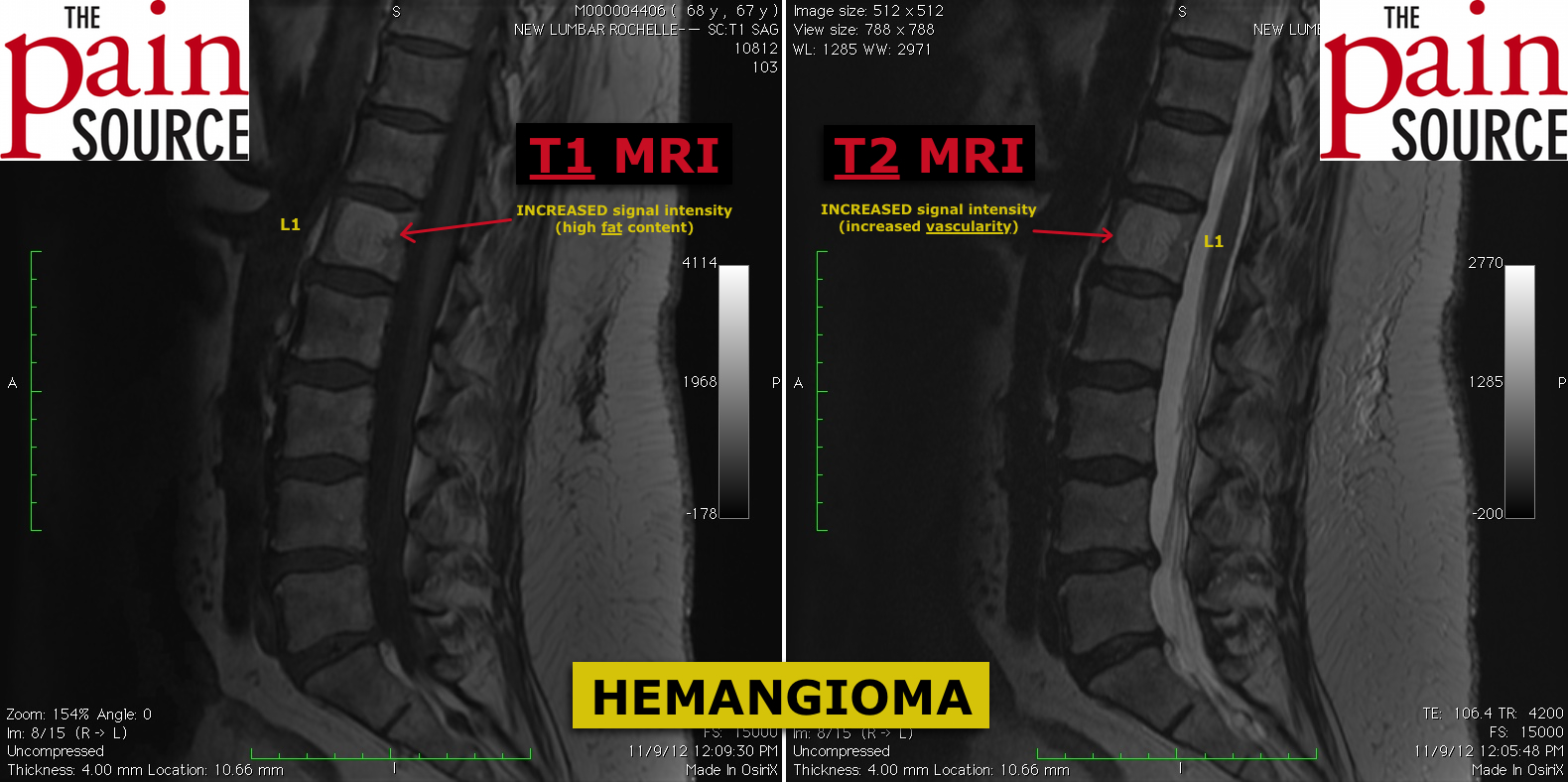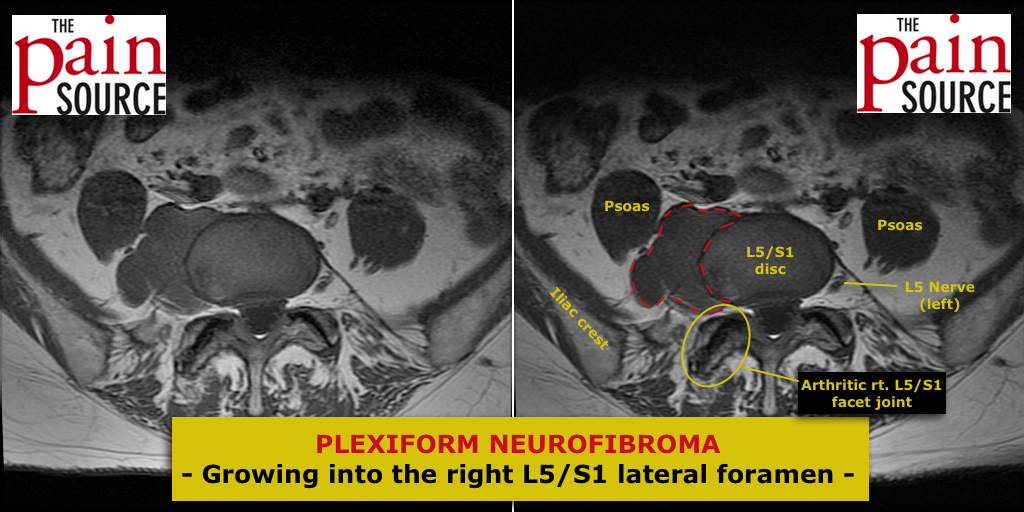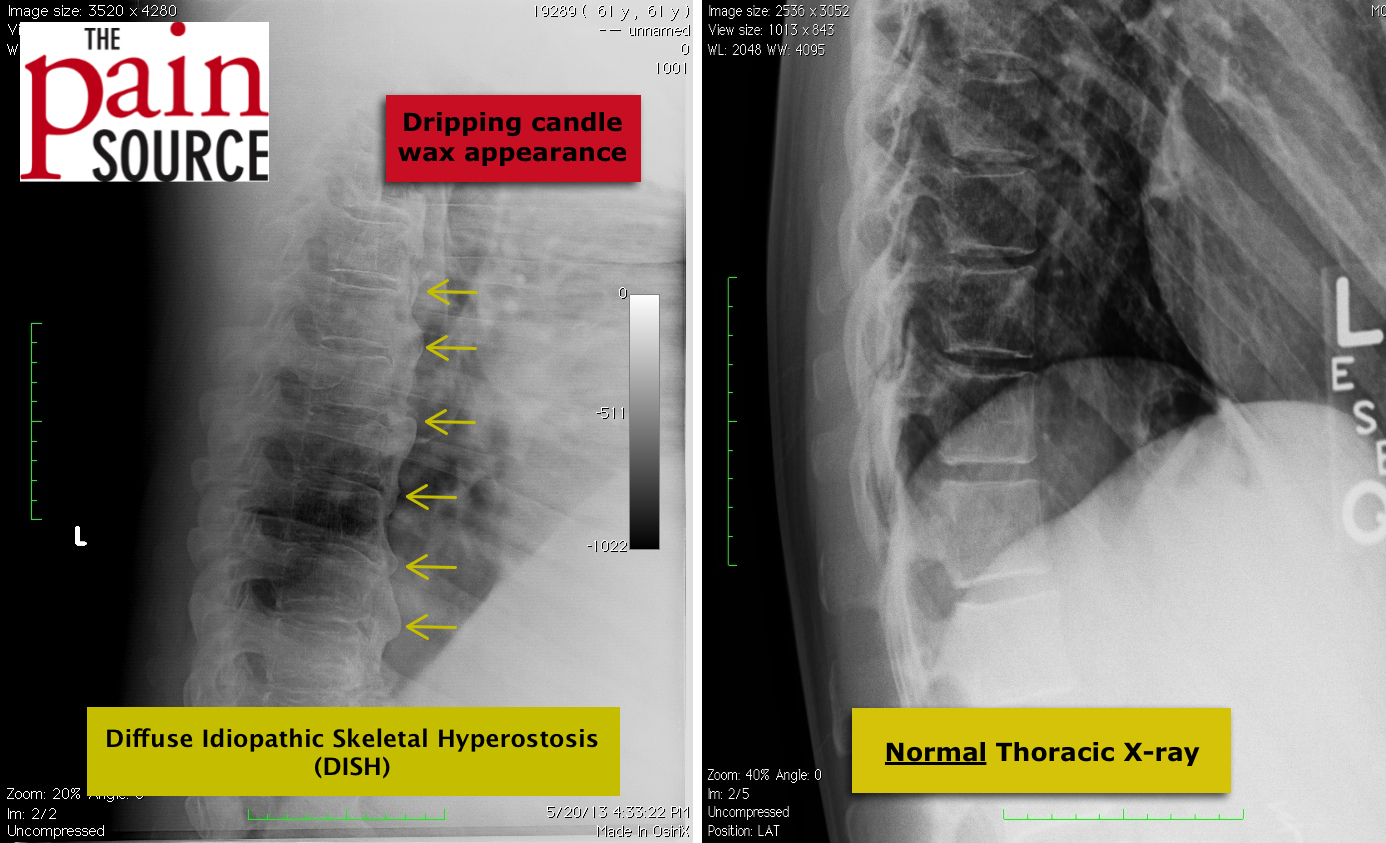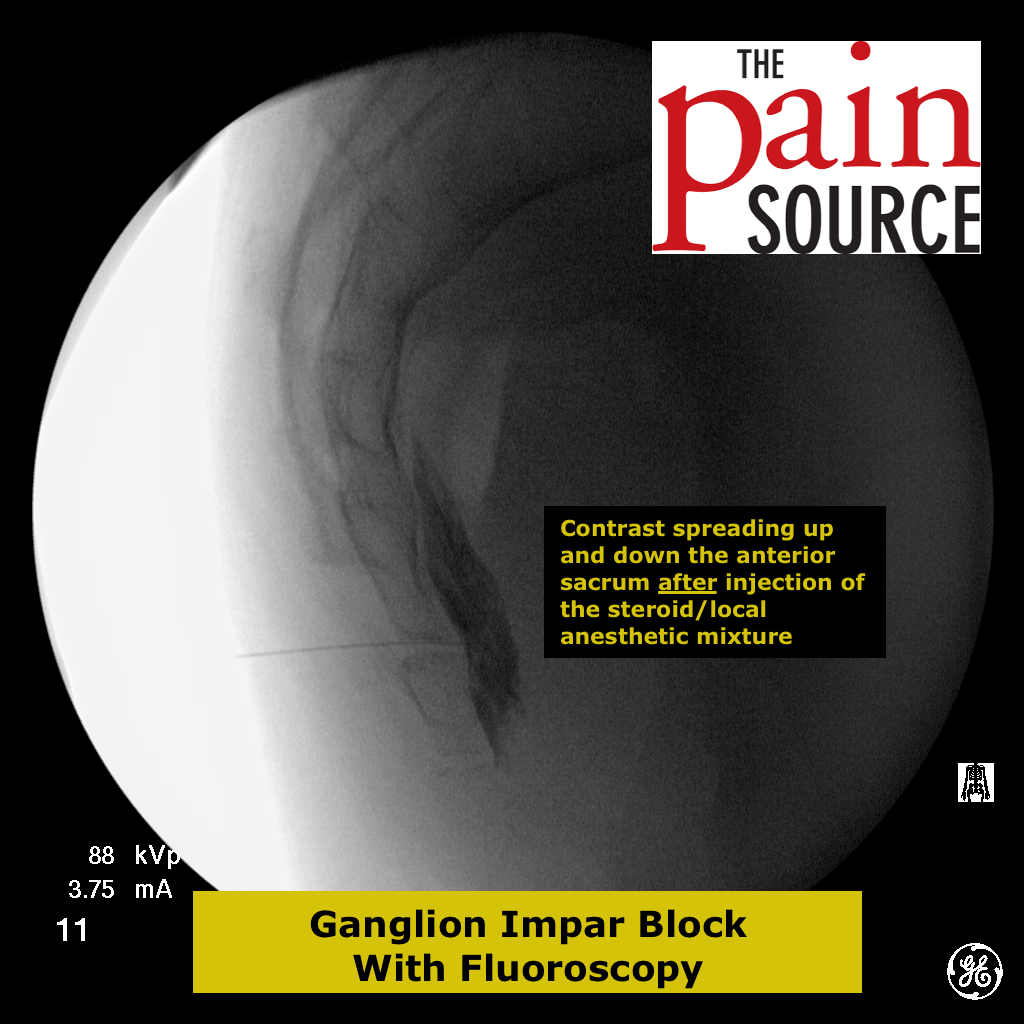By Chris Faubel, MD —
- The discovery of the class of corticosteroid called glucocorticoids began in the 1920’s.
- In the 1920’s, rheumatoid arthritis and other arthritidies were thought to have an infectious cause.
- By 1938, Dr. Philip Hench from the Mayo rheumatic disease service, noticed a 65yo doctor with arthritis that improved the day after becoming jaundiced.
- He later noted 31 other cases of joint pain resolving, to some extent, with pregnancy, infections, and post-surgically.
- The scientific community then abandoned the infectious theory and started to look at the adrenal glands — substance X
- Multiple compounds were isolated from animal adrenals.
- Compound ‘E’ seemed to work particularly well in animals.
- World War II was progress, and so money was lacking, which left them frustrated.
- Merck gave multiple researchers around the world the remaining 9 grams of compound ‘E’ – [make it work or drop this idea]
- In September 1948, they injected their first human patient.
- A 29-yo female with severe, erosive arthritis that was chair-bound (unable to ambulate)
- After 4 days post-injection of compound E, she was able to walk out of the hospital.
- In 1950, Dr. Hench won the Nobel Prize in Medicine.
Compound E ended up being = Dehydrocorticosterone
FUN FACT: It took 3000 pounds of animal adrenal gland to make 1-gram of compound A
SOURCE:
1) http://rheumatology.oxfordjournals.org/cgi/content/full/41/5/582

